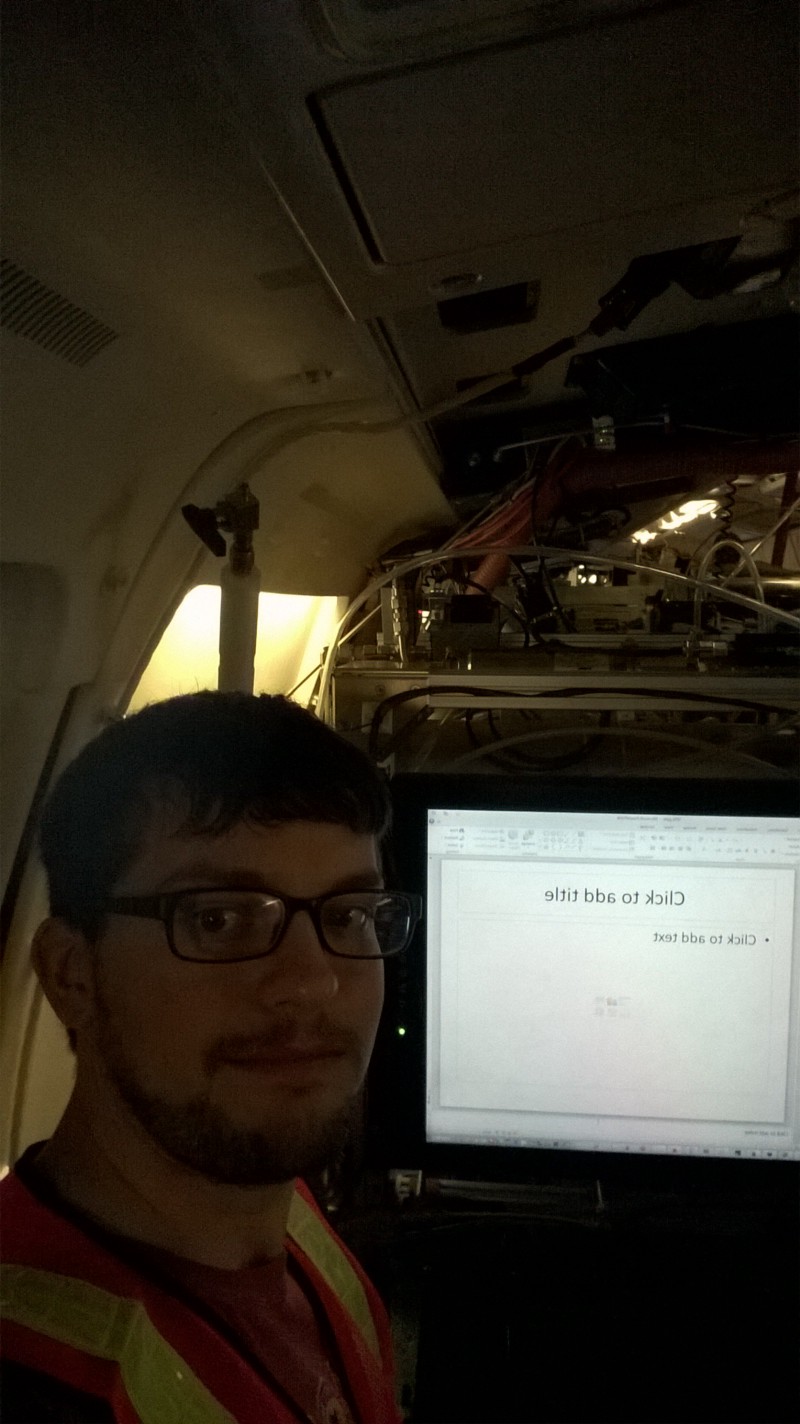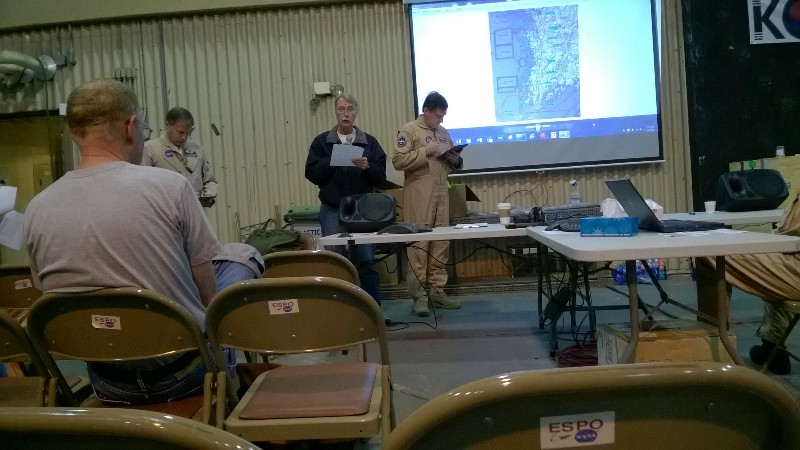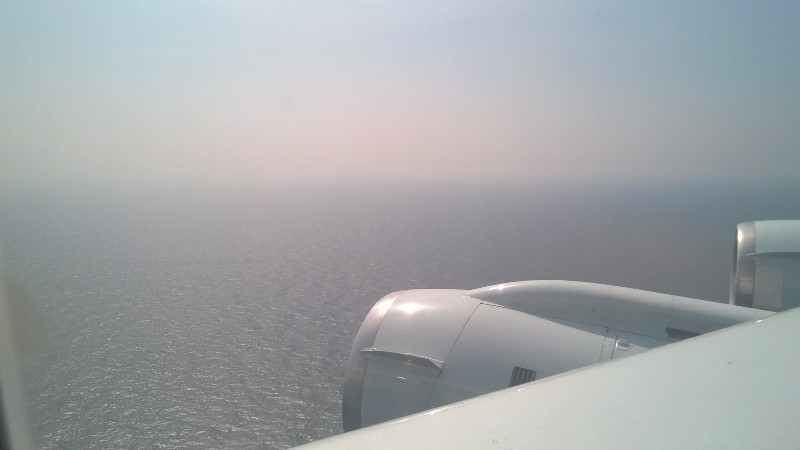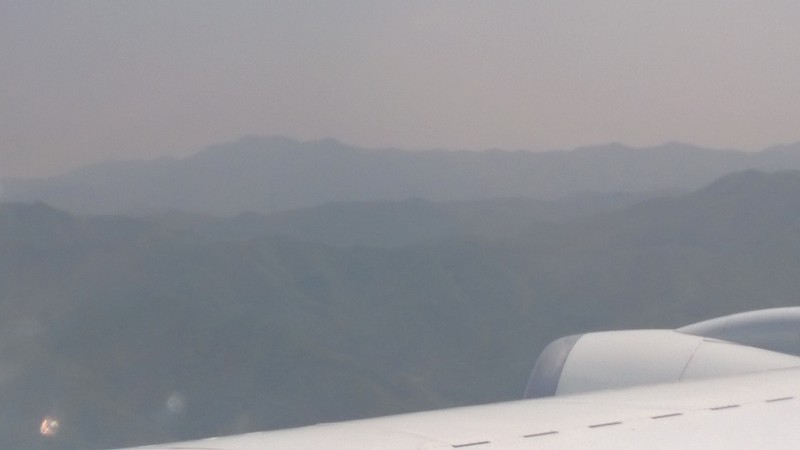To all my adoring fans, sorry that it has been more than week since I have posted. I just completed 7 flights in a span of 10ish days (so kind of busy).
Doing airborne science is not something very many people may experience (there are some ways you can experience airborne science that I will mention later if you are still an undergraduate); so, I thought it would be of interest to see what a typical week in (NASA DC-8) airborne science is like.
Note, I keep on placing NASA DC-8 in front of airborne science because this is the 4th time I have flown on the NASA DC-8 (a total of 6 times by the end of this year) and not on many other NASA airplanes or with other agencies. I can only guess that other agencies have a similar type pattern, but I wanted to qualify the “typical” week is in the context of the NASA DC-8.
So, in the typical week, there are one of three different days: hard-down day, maintenance day, or flight day.
Hard-down day
A hard-down day is a day where all crew members that work on the DC-8 have a day-off; therefore, the scientists cannot access their instrument. In practice, this should also mean it is a day off for the scientists. In reality, many scientists will work at least half the day to catch up with other tasks from their home institution or catch up with data management and posting.
Maintenance Day
This is time that a scientist has to work on their instrument on the airplane. If their instrument is running really well (note, most scientists will never say this), you may spend the day finally processing the data that was collected during the prior flights.
The day usually starts with a meeting at 8:00 am to look at weather and chemistry forecasts to determine what days to fly. After an hour (or longer) discussion about the outlook, possible flight plans are proposed that would meet mission objectives and provide the best opportunity for scientists to collect data to learn something new.
While, or after, this meeting, the scientists are working on the airplane (or in offices) on their instrument (data). We get 8 hours during a maintenance day to work on our instrument on the airplane.
After these 8 hours, there is the afternoon science meeting. During this meeting, all the scientists that are part of the mission receive a brief update about the weather and chemical forecast predictions, the flight plan and objectives, and a chance to present any interesting data they observed during a prior flight.
Flight Day
The days that the whole mission is about.
On flight day, the airplane opens and has power 3 hours prior to take-off for instruments that need a long time to get ready for measurements. Since every flight so far has taken off at 8:00 am, that means being on the airplane at 5:00 am.

Airplane at 5:00 am…..kinda of lonely.
At 1.5 hours prior to take-off, there is the pre-flight/safety meeting. During this time, the manifest (list of people flying on the airplane) is read to ensure everyone is present. A brief description of the flight plan and mission objectives is also discussed.

Pre-flight meeting.
At 30 minutes prior to take-off (now are you seeing the NASA influence), the airplane doors are closed to ensure everyone that should be flying is accounted for and ready for take-off. Also, this ensures the safety of everyone as the airplane engines are turned on.

Doors are closing for flight.
Next, comes the fun part — the science and flying around for 8 hours. So far, we have flown over the Yellow Sea to investigate pollution and dust transport and to different locations over South Korea to measure emissions from various industries, chemistry, and transport of pollution.

500 feet above water…..no biggy.

Yes, those hills are at the same height that we are flying.
Finally, after 8 hours of flying around, we land. For some instruments, they are done for the day and are off the airplane as soon as the doors open. For other instruments, it may take an additional 1–2 hours post-flight to be done for the day (for those of you keeping track, my instrument is one of those). Also, if we are flying again the next day, people may work a while on their instrument, preparing it for the next flight.
So, at the end of a flight day, a person can work between 9.5–13 hours prior to even looking at and analyzing their data.
Now, you know why I have been busy. Until next time, and if you have questions, please post!
